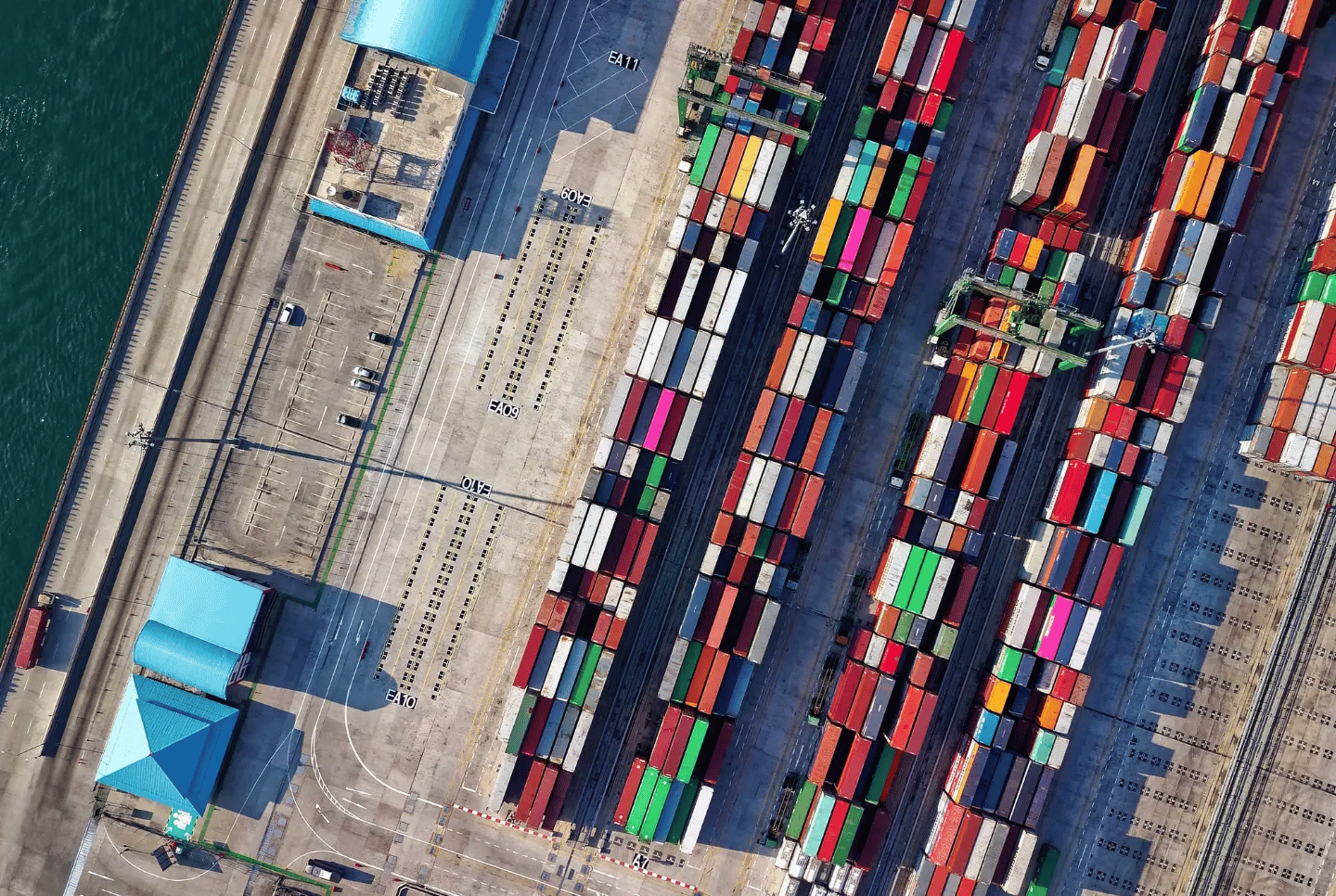
When discussing the state of the global supply chain in 2022, it seems the only thing that we can expect is constant change. Almost every day around the world, there are new disruptions, lockdowns, and crises that are affecting inventory and shipments of goods.
When watching supply chain trends for the next quarter, and the remainder of 2022, it’s important to remember that things can (and probably will) continue to change. What’s most important for leaders moving forward is building supply chain processes that can withstand future disruptions.
With that in mind, here are five of the most prominent supply chain trends to keep in mind for 2022.
1. Expect Disruptions and Delays
Over the last few years, there have been dozens of disruptions to supply chains, like lost and burned cargo aboard the ZIM Kingston freighter, the Ever Given and Ever Forward ships becoming stuck for weeks on end, and ongoing lockdowns in China. As the year progresses, experts say these disruptions and delays will likely continue to unfold and affect shippers, freight forwarders, and software providers alike.
And if these ongoing challenges weren’t enough for industry professionals to navigate, they have resulted in excessive freight costs and longer shipping estimates, affecting the end customer and everyone along the way. According to a report from The New York Times, “the chaos at ports, warehouses, and retailers will probably persist throughout the year, and perhaps even longer.”
You should categorize disruptions into two categories, “local” and “global”. A localized vessel problem like the Kingston or a fire at a single factory might only impact a few shipments, and your freight forwarders and visibility platforms can help you react to these incidents.
Global problems like lockdowns, potential port strike on the US West Coast, or black swan events like the Ever Given demand a different approach. Strategic planning and diversification are the keys to unlocking resilience. Work from the assumption that more disruption will happen and include that assumption at the very beginning of your planning process. This is the place to be proactive in creating a resilient supply chain instead of trying to put the horse back in the barn.
2. Visibility and Transparency Remain A Top Priority
Likely driven by an unstable and unpredictable supply chain, visibility for your customers will become increasingly important throughout 2022. The ability to track goods and shipments from origin to destination allows freight forwarders to give their customers a better experience and retailers to give their consumers insight into where their products are, creating more customer loyalty for all.
Communicating and providing clear expectations to your customers becomes easier with increased visibility, too. Having the knowledge of where your shipments are means shippers can set proper expectations and their clients can plan accordingly.
3. Address the Economy Head-On
Whether you are a shipper or service provider, the softening of the global economy will impact us all. For some, it’s hard to see the storm clouds on the horizon while we’re staring down at our desks trying to move the next shipment, but they’re out there.
Take some time now to prioritize your “innovation” investments and figure out which ones are going to deliver clear and measurable results. Double down on those investments and be honest with yourself on the long running projects that may not be returning their expected outcomes.
If you’re asked to reduce budgets or “do more with less,” be sure to have a ready answer on which technologies are helping you with real operational benefits and which ones can go on hold for a year.
4. Prioritize Sustainable and Agile Practices
If we’ve learned anything from the global supply chain crisis, it's that building processes that allow for visibility and adaptability are imperative to success. Knowing where your goods are and monitoring your data closely can help you be proactive when navigating any bumps in the road. Similarly, partnering with reliable vendors and software providers will help ease the impact of future supply chain disruptions on your organization.
Organizations with supply chains that are adaptable during unexpected changes, provide real-time visibility information to their customers, and have a holistic view of their supply chain ecosystem will succeed well into the future.
5. Investments in Technology Will Increase
Unsurprisingly, the investment in supply chain technology is also expected to increase in 2022. Businesses are looking to increase their planning capabilities and operate more efficiently, something many technologies can help with. In fact, a recent McKinsey & Company study found that 90% of supply chain and logistics leaders plan to implement a new solution in the next five years.
To make the most of an increased investment in technology, we recommend starting with an interconnected supply chain ecosystem. Focusing on the back-end work with a supply chain integrations expert like Chain.io will help your organization implement new technology and more sustainable practices in less time, with less resources.
Ready to build a more agile supply chain? Set up a call with us today to learn more.
Schedule a Call